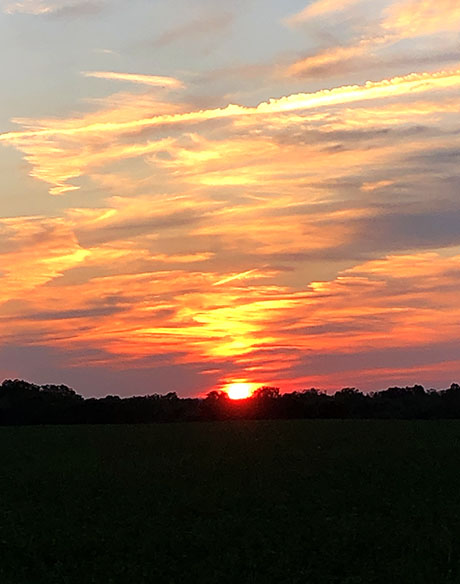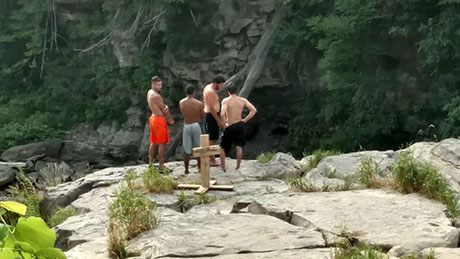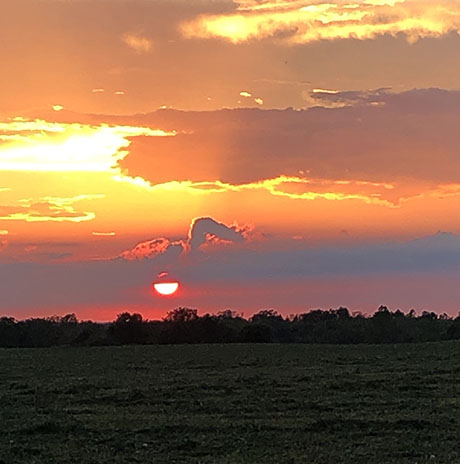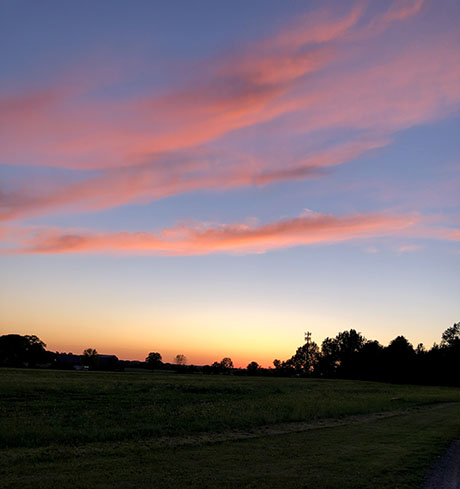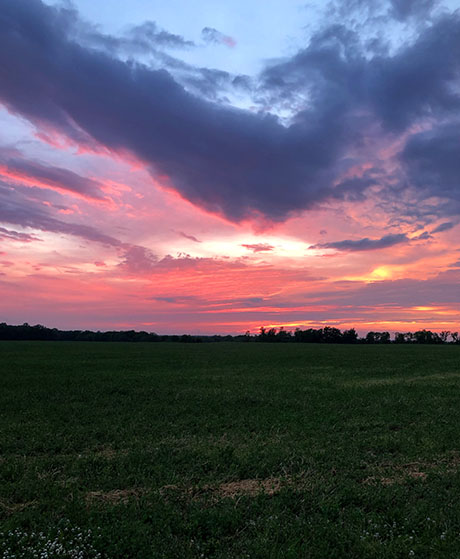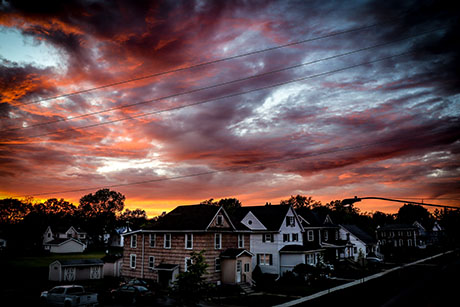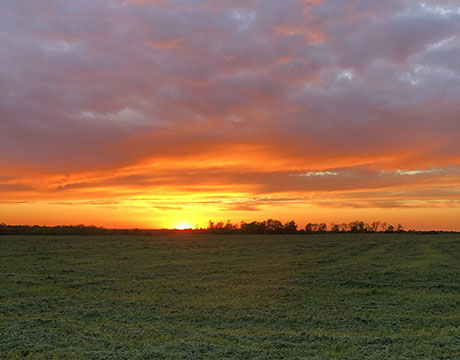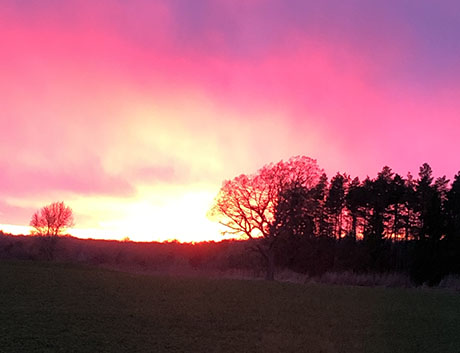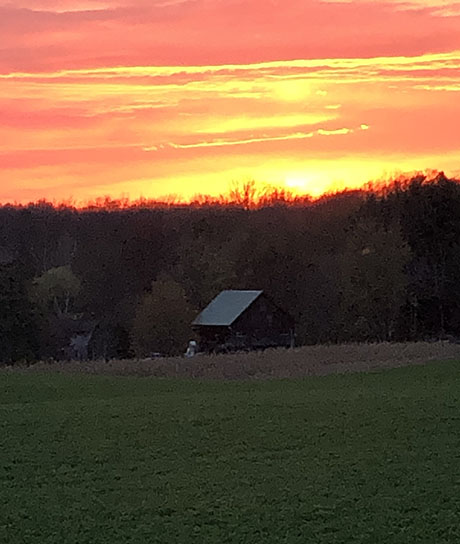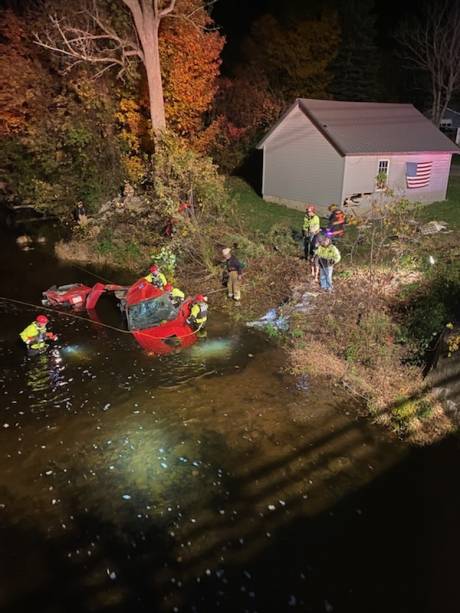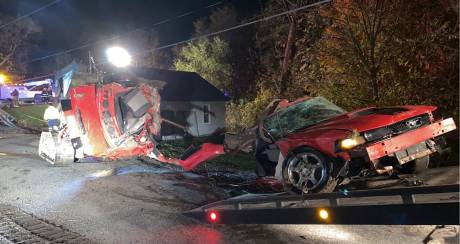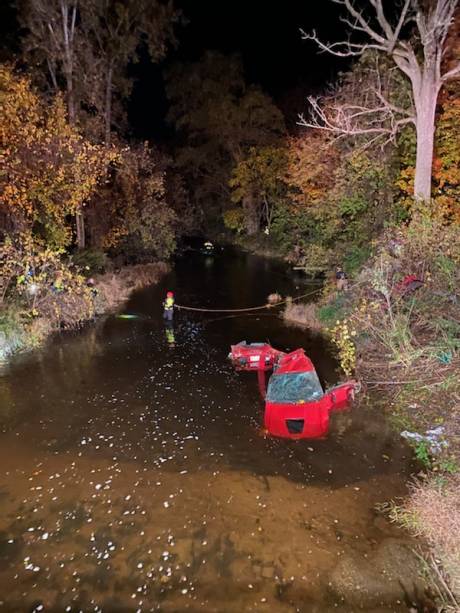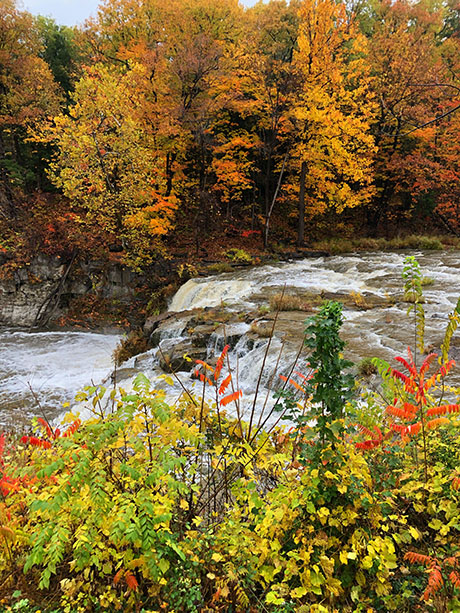Deep in the Sierra Madre Mountains on the West Coast are the California Caverns, a cave system that twists in a 30-foot descent until it reaches an abrupt 180-foot drop.
Spelunkers can now safely -- relatively speaking -- reach the bottom of this otherwise-seemingly bottomless pit. What Park Rangers have found in this dark, dank chamber are skeletal remains dating back centuries. The bones discovered there are always those of adolescents who took one step too many while seeking adventure.
Robert Sapolsky, a neuroendocrinologist and professor at Stanford University, used this example of adolescent risk-taking in his book Behave: The Biology of Humans at Our Best and Worst.
Adolescents, research has shown, engage their prefrontal cortex less than adults when assessing risk.
By way of example, Sapolsky writes, "Researcher: 'How likely are you to have a car accident if you’re driving while drunk?' Adolescent: 'One chance in a gazillion.' Researcher: 'Actually, the risk is about 50 percent; what do you think your own chances are now?' Adolescent: 'Hey, we’re talking about me; one chance in a gazillion.' "
It's not just that adolescents do an inadequate job of assessing risk, but adolescent brain chemistry also drives them to seek more novelty and desire a close affiliation with peers.
That is one reason, perhaps, it is going to be difficult for local authorities to prevent another death -- and there have been at least 14 since 1870 -- at Indian Falls.
The other issue is there is no clear answer as to who is responsible and accountable for what happens at Indian Falls. County officials and state officials have looked into it. There is no record of anybody -- not a private owner, not the government -- having title to that section of the Tonawanda Creek, even though it was once a site of grain mill wheels.
Former County Manager Jay Gsell said Indian Falls were a vexing issue for local officials throughout his 27 years running Genesee County. The last time during his career he and county staff looked into the issue was after Bradley Augustin drowned at the falls while celebrating his 22nd birthday. At that time, Assistant County Clerk Steve Grice researched the title for the land. He found nothing. No former owner, no previous deed, no old tax map that assigned the property to anybody.
"We tried to find out, does anybody have the ability to assert legal authority over the property, to block all access? And the answer was no," Gsell said.
While private property abuts the falls on both sides and people often trespass on adjoining private land to get to the falls, the falls are also accessible from public land, notably Route 77 and its shoulders.
The property owners on the south bank of the Tonawanda Creek at the falls have been aggressive about trying to block access to the Tonawanda but those efforts at times have seemed futile. As for the state, neither Department of Transportation nor the Department of Environmental Conservation claimed state ownership of the land.
From the DEC:
The ownership of that section of Tonawanda Creek is unknown and would require a deed and title search at Genesee County to ascertain ownership. It is not DEC land. DEC enforcement jurisdiction in this area is the same as similar creeks throughout the state under the Environmental Conservation Law. For more information about trespassing laws for private land, please contact local law enforcement.
From the DOT:
NYSDOT would review any proposal from local officials to enhance safety along State Route 77 near the bridge over Tonawanda Creek. Guide rail is already in place and the surrounding area is posted for no trespassing.
The Log Cabin Restaurant overlooks the falls and the business is impacted anytime there is a rescue or recovery event at the falls. The owners have tried fencing and "no trespassing" signs.
A representative from the business said, "We have made our best efforts to keep people out of the dangerous swimming area."
In April, two months before Jacob C. Minnick, an 18-year-old championship diver from Lockport, jumped off the falls on June 17 and drowned, Barry Guthrie, a homeowner on the southside of the falls, wrote to the Pembroke Town Board. Over the course of a six-page letter, he outlined his efforts to try to keep kids from endangering themselves at the falls. He also offered to buy the falls so he could enforce private property rights at the falls themselves.
In 2020, he obtained a permit and built a 40-foot long fence with a locked gate at the main path from the restaurant parking lot across his property and to the falls. He said he still observed people in swimsuits, with towels and their own food and drinks, heading to the falls.
"These people were very persistent in getting down into the falls and were going around the fence's side perimeters," Guthrie wrote. "I secured a second building permit with the Log Cabin Restaurant owner to install two fence extensions on both side perimeters of the main fence."
That didn't stop people trying to get to the falls.
"People threw their bodies full force into the main gain and rotated the gate latch to open up the gate," he wrote.
Would-be swimmers also used bolt cutters to defeat attempts to keep them from taking a fatal dive.
Throughout the season he tried numerous tactics to reinforce the fence but people continued to attack it. He installed trail cameras after four teenagers were rescued at the falls in July 2020. Even his cameras have been vandalized (he identified one local resident by name as a suspected culprit). With the cameras, he counted 33 trespass occurrences of four to five people each for a total of 140 possible trespassers.
"During this time, people had no respect for my property even though I had multiple trespassing signs posted," he wrote. "People stole my trespassing signs. They also stole my chain with my trespassing sign still attached."
The only people he charged with trespassing were the four youths who had to be rescued.
In one incident he took pity on the trespassers.
"I was at an anger level that I was going to charge everyone with trespassing," he wrote. "The police officer told me they wanted to talk with me and apologize and just get a warning. I was so upset that I didn't want to speak with them. Then the officer told me that one of the persons was in an internship with the Niagara Falls police department and another was in an FBI training program. Unbelievable! I didn't want to ruin their job potentials so I just let them all go with a warning."
Even with his efforts being circumvented at times, Guthrie estimates that he has stopped as many as 600 people from reaching the falls.
The Town of Pembroke has also tried to do what it can to discourage people from going to the falls -- which is promoted on social media as a place for adventure -- by posting no parking signs on roads close to the falls.
Brian Frieday, chief deputy of road patrol for the Sheriff's Office, said officers are aware of the no parking signs and do what they can to maintain public safety.
"We do try to be proactive and check the area when not on other complaints," Frieday said. "Obviously, when patrols see cars parked illegally, that is a sign there are potentially people there. The illegally parked cars are ticketed and the patrols check for people at the falls."
Guthrie has researched the cost of putting up more fencing on public land around the creek, including DOT land, and he estimates it would cost $11,000.
At its June 25 meeting, the Pembroke Town Board discussed Guthrie's letter and was at least somewhat receptive to the idea of approaching the DOT about putting up additional barriers but at the same time, additional barriers aren't going to stop any youth determined enough to get to the falls.
"You can put up more fencing along the bridge but that isn't going to stop anybody from going down along state property, going around the fence," Supervisor Thomas Schneider said. "You can't put a fence in the waterway."
Guthrie's other idea: Work out a way either by contacting State Senator Ed Rath or a judge and getting clearance to buy Indian Falls for $1 and then he can enforce no trespassing on the falls.
That proposal was met with a bit more skepticism from Pembroke's elected leaders. First, they doubt such a purchase is even possible. Second, what would stop somebody else from offering more money for the property, or if at some time later, somebody comes along and offers an outrageous amount of money to Guthrie for his property?
The board seemed inclined to take no position on Guthrie's offer.
They did discuss the idea of putting up more warning signs.
Board Member Tom Dix said, "We could put up a sign at each end of the bridge that said so many people died here in the last 20 years, just a warning."
Schneider said he has had similar thoughts.
"I thought about how to word it," Schneider said. "If you insist on going down here be sure to call your mother and say goodbye or something. I don’t know how to be tactful about it but get the point across."
The board didn't take any action after the discussion. Nobody said it, but there isn't a clear answer on what to do about adolescents taking a big risk with their lives at Indian Falls.
Further reading: A list of tragedies at Indian Falls going back to 1870 complied by the Town of Pembroke historian (pdf).
Photo: A reader-submitted photo from 2016 of a marker at Indian Falls placed in memory of Bradley Augustin.

